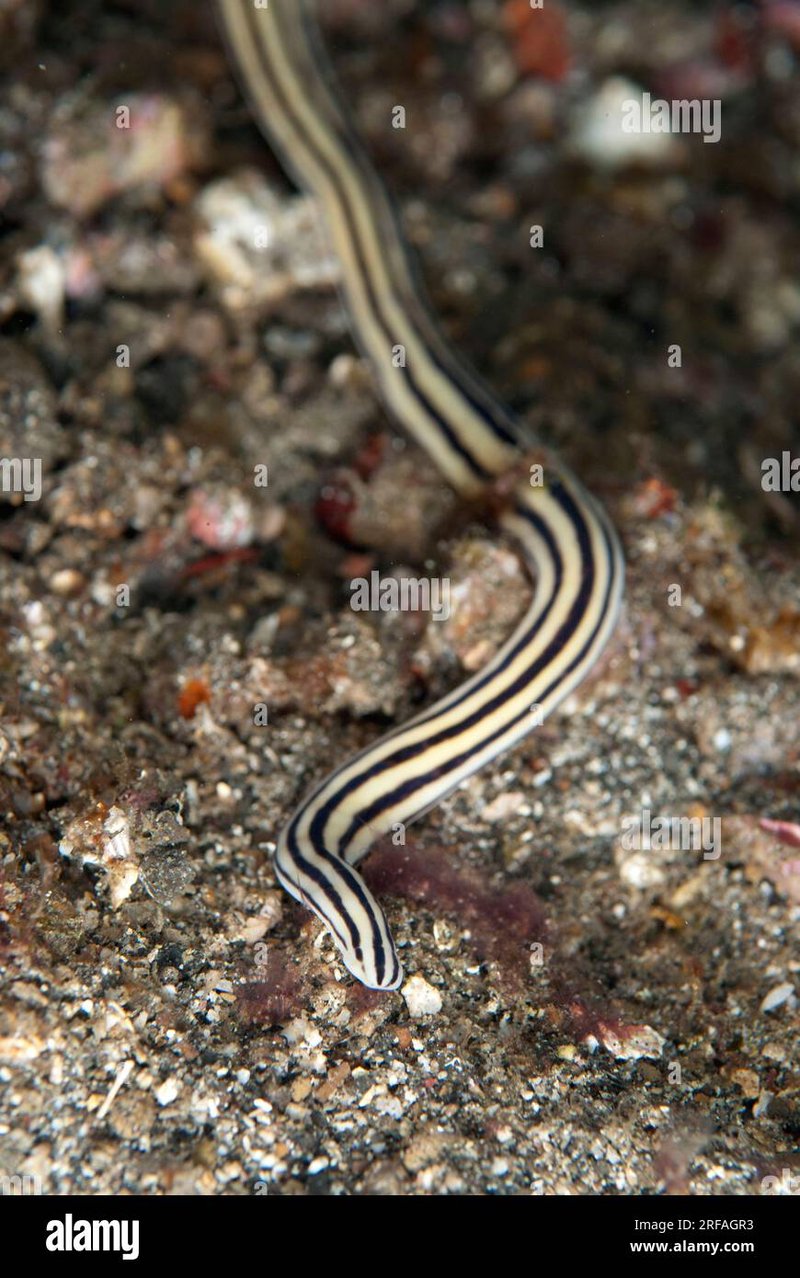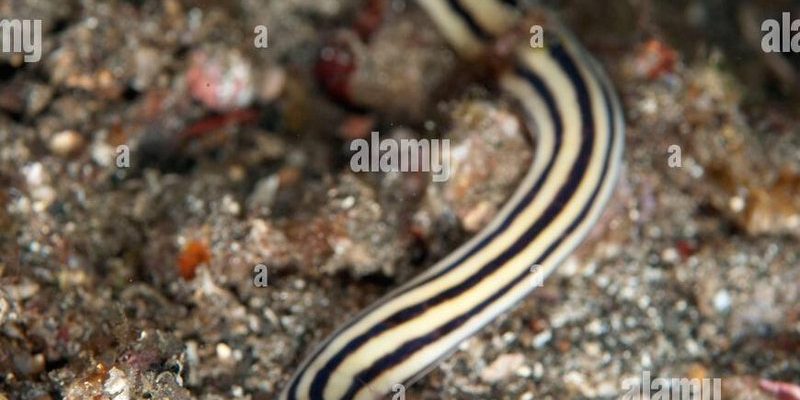
Ribbon worms belong to the phylum Nemertea and are often found in shallow waters. They have a unique way of hunting and defending themselves that raises concerns about their impact on marine ecosystems. So, how do these slippery creatures interact with their surroundings, and should we be worried about them posing threats to other marine animals? Here’s what you need to know.
What Exactly Are Ribbon Worms?
Ribbon worms are fascinating creatures that can be easily identified by their long, flat bodies. They come in various colors and can be quite striking. If you’ve ever seen one, you’d probably mistake it for a snake or even a piece of seaweed!
When we talk about ribbon worms, we’re referring to a group of animals that can range from just a few inches to impressive lengths of more than 60 feet. They have a unique feature—a retractable proboscis—that they use to capture prey. The proboscis can quickly strike out like a tongue, snatching up unsuspecting mollusks or small fish. It’s like something out of a sci-fi movie, right?
In essence, ribbon worms are like the ninjas of the marine world, stealthily gliding along the ocean floor and hunting without drawing too much attention. But with their hunting skills come questions about their interactions with other marine life.
How Do Ribbon Worms Hunt?
You might be curious about how ribbon worms use their unique features to capture food. Their hunting technique is both fascinating and unsettling. Using their proboscis, they can effectively immobilize their prey.
Here’s how it works:
- First, they’ll lie in wait, blending in with their surroundings.
- When a small fish or other prey comes near, they quickly extend their proboscis, which can be armed with toxic substances.
- This helps them paralyze the prey almost instantly, making it easier to consume.
While this hunting method may sound effective, it raises the question: does this make them a threat to their marine neighbors? The answer isn’t straightforward since it depends on their local ecosystems.
Are Ribbon Worms Dangerous to Other Marine Animals?
This is where things start to get interesting. Ribbon worms are not inherently dangerous in the same way that predators like sharks or jellyfish can be. They primarily feed on soft-bodied animals—think worms, mollusks, and sometimes small fish. However, their impact on local marine life can vary based on several factors.
In some ecosystems, ribbon worms can become quite abundant, leading to a noticeable decline in local mollusk populations. This can disrupt food chains and even damage the local fishing industry. In that sense, they can be dangerous to specific marine species, especially if they take over an area.
For instance, if a particular species of ribbon worm thrives, it could outcompete native species for food. This might lead to a decline in local biodiversity, which is crucial for a healthy ecosystem. So, while they’re not a threat to all marine life, they can be harmful to certain populations.
The Role of Ribbon Worms in the Ecosystem
While we’ve talked about the potential dangers ribbon worms pose, they also play a role in the marine ecosystem. They are part of the food web, serving as prey for larger animals. Organisms such as fish, sea birds, and even other marine predators may rely on ribbon worms as a source of food.
Additionally, ribbon worms contribute to nutrient cycling in the ocean. As they consume other marine life, their waste can provide nutrients for the seabed, supporting the growth of plants and smaller organisms. This highlights a delicate balance—while they can be predators, they also have a significant role in maintaining a healthy ecosystem.
It’s essential to remember that every creature has its place in the food web, and ribbon worms are no exception. They illustrate how interconnected marine life can be, and how one species can impact many others.
Habitat and Distribution of Ribbon Worms
Ribbon worms are typically found in a variety of marine environments, from shallow tidal pools to deeper ocean waters. They thrive in sandy or muddy substrates where they can easily bury themselves and hide from predators.
You can find them in coastal regions across the globe. However, their distribution can change based on environmental factors, such as temperature and salinity. If conditions are favorable, ribbon worm populations can explode, making them more prevalent and possibly more dangerous to local marine life.
In certain areas, scientists have observed increases in ribbon worm populations, which in turn can impact the ecosystem. For example, in places where fishing is prominent, a rise in ribbon worm numbers can lead to reduced shellfish stocks, creating challenges for local fishermen and communities.
Potential Impact on Fisheries and Human Activities
As ribbon worms become more abundant, their influence on fisheries cannot be overlooked. They can directly affect the populations of commercially important shellfish like clams and oysters, which are crucial to many coastal economies.
When ribbon worms thrive in an area, they can lead to significant declines in shellfish populations, putting a strain on local fisheries. This not only affects the biodiversity of the area but also the livelihoods of those who depend on fishing for their income.
Fishermen may have to adjust their methods, targeting different species or exploring new areas. It’s a ripple effect—a change in one part of the ecosystem can lead to challenges and adaptations in others. Understanding the role of ribbon worms helps fisheries manage their resources better and adapt to changing marine environments.
What Can Be Done to Manage Ribbon Worm Populations?
Managing ribbon worm populations can be tricky. Since they’re integral to the ecosystem, complete eradication isn’t feasible or eco-friendly. Instead, researchers and marine biologists suggest a combination of monitoring and management strategies to keep their numbers in check.
Some approaches include:
- Monitoring populations—Regular assessments can help identify sudden surges in ribbon worm numbers.
- Habitat restoration—Improving the health of local ecosystems can help support native species, giving them a fighting chance against ribbon worms.
- Regulating fishing practices—Adjusting fishing quotas and practices can minimize the impact of ribbon worms on local shellfish populations.
By taking these proactive measures, we can maintain balance in marine ecosystems, ensuring that ribbon worms can coexist with other marine life without causing significant harm.
Ribbon worms may not be the cuddliest or most charming creatures in the ocean, but they play a significant role in marine ecosystems. While they can pose a danger to certain species, they’re also a vital part of the food web. Understanding their behavior and impact can help us navigate the complexities of marine life.
So, next time you ponder the ocean’s mysteries, remember the ribbon worm—a creature that’s both fascinating and a reminder of the delicate balance of life beneath the waves. Whether they’re causing challenges for fisheries or supporting broader ecosystems, they help remind us that every species has its role to play in the great marine drama.

